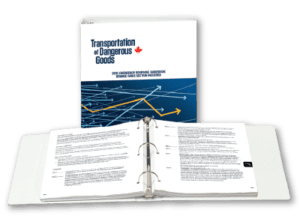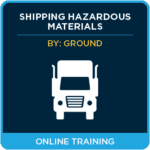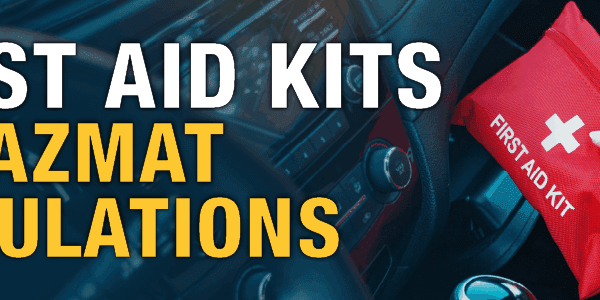
The question arises because there are special cases that are out of the ordinary or which don’t follow the basic rules.
It is clear in the TDG that the shipper must ensure that the dangerous goods (DG) they wish to ship are properly classified as required by Part 2 of the TDG. In addition, they must also have the proof of classification that may be required by Transport Canada as per section 2.2.1 of the TDG.
Just to refresh your memory, the classification standards for dangerous goods in theory are those set by the UN Manual of Tests and Criteria.
Though this is true, I would like to demonstrate that there are a few exceptions.
To demonstrate one of these exceptions, let’s discuss number UN1093, STABILIZED ACRYLONITRILE, primary class 3 and subsidiary class 6.1, packing group I.
As usual, we must turn to Schedule 1 of the TDG to find the product or we can also go to the alphabetical index in Schedule 3.
Now let’s establish the ground rules needed to check Schedule 1 for this product.
- The DG contains the special provision 155, which states that if the product is to be transported stabilized by temperature control, it must be transported in accordance with section 7.1.6 of the UN Recommendations.
- We cannot use the limited or excepted quantity exemptions because a ”0” appears in columns 6a and 6b.
- Column 7 displays the number 1,000 which means that if the container contains more than 1,000 liters, an emergency response assistance plan (ERAP) must be prepared and approved by Transport Canada.
For the purposes of this scenario, the containers did not contain quantities that would require an ERAP.
To establish the classification, everyone knows about the Safety Data Sheets (SDS) and we usually use this document to get the specifications of our product.
Now, I consulted the SDS to determine the classification of the product in question and it showed a flash point and boiling point that classified the product as a packing group II flammable liquid. This information is found in section 9 of the SDS.
After this, I checked section 11 of the SDS to determine if the product was toxic and yes, the product met the characteristics of class 6.1 of packaging group II.
This is where my questions began, because in Schedule 1 of the TDG, the product is listed as a DG of packing group I, but the product characteristics according to the SDS show those of packing group II instead.
I then began my research to find out why this situation was occurring and more importantly to find the answer.
I managed to find out why and it is related to the fact that the TDG is inspired by and adopts the UN classification criteria, and in the UN recommendations the product UN1093 is indeed classified as UN1093, STABILIZED ACRYLONITRILE, primary class 3 and subsidiary class 6.1, of packing group I.
This is despite the fact that the product does not meet the characteristics, however the UN does classify it as such and our Canadian TDG regulations by default display the product in the same way as the UN.
This is the reason why the classification of my product did not match the characteristics of part 2 of our TDG.
In conclusion, it is important to never forget that this scenario can happen occasionally and to remember to do the proper research in order to find the answers.
At ICC we are able to assist if you ever find yourself in such a situation.
Stay up to date and sign up for our newsletter!
We have all the products, services and training you need to ensure your staff is properly trained and informed.

|

|

Shipping Hazardous Materials by Ground – Transborder USA to Canada |






 ICC USA
ICC USA ICC Canada
ICC Canada